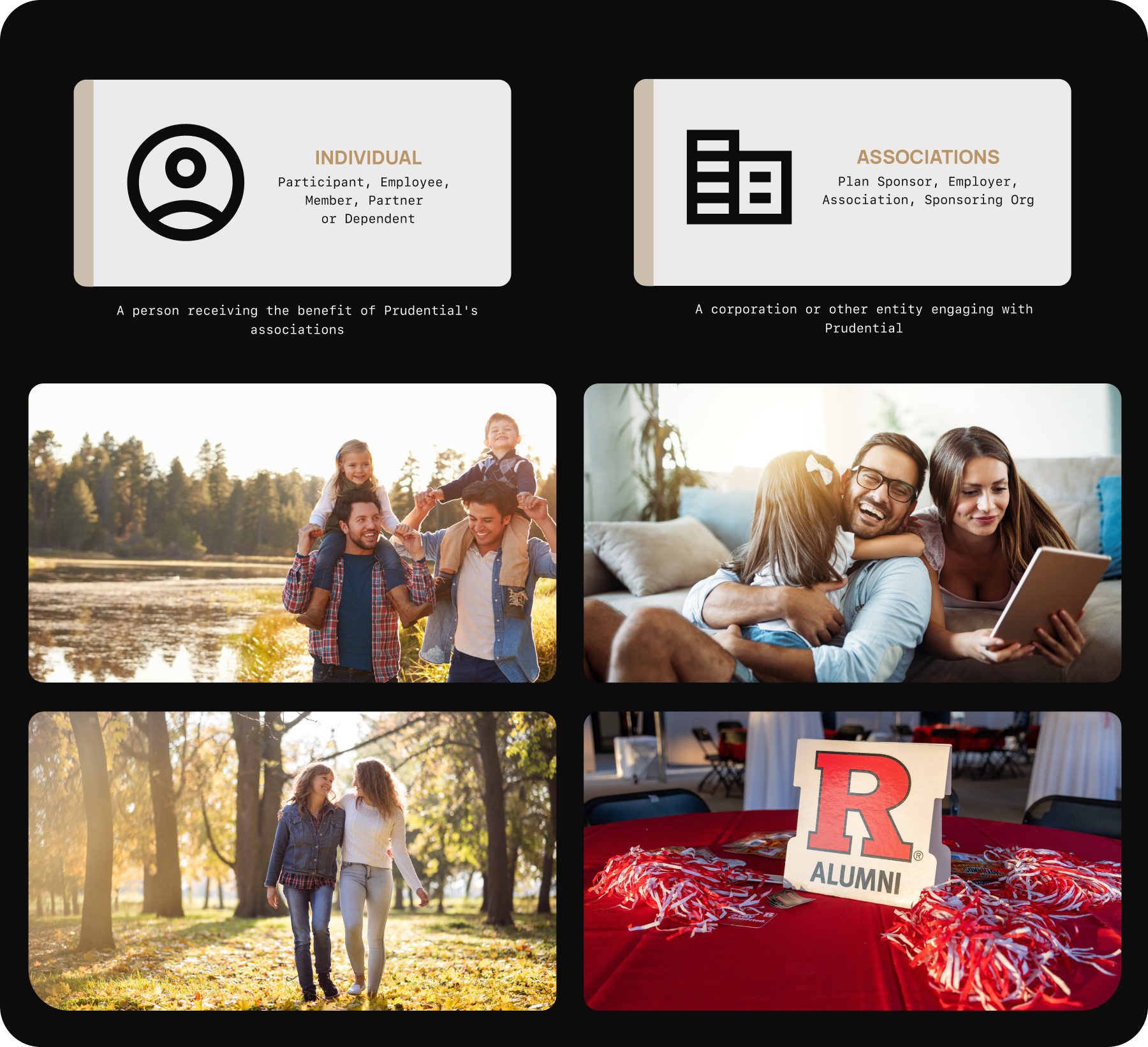
Newark, New Jersey
Digital Onboarding Experience
The Challenge
The Solution

The Design Challenge
The Results
Key Takeaway:
Users don't need more information - they need the right information at the right time. By focusing on essential decision-making elements rather than comprehensive transparency, we reduced cognitive load while actually increasing user confidence.
This project delivered more than conversion improvements:
The Challenge: Build within legacy PHP/CMS constraints while delivering modern UX.
"Edward designed and developed a new review page that streamlined user interactions and improved overall satisfaction. His thorough research and exceptional design skills created enhanced clarity and a more intuitive interface. Edward is a great asset to the team, consistently contributing high-quality work while fostering a collaborative environment."
— Thomas Hannula, UX Engineer, Prudential
